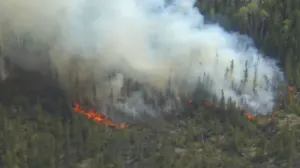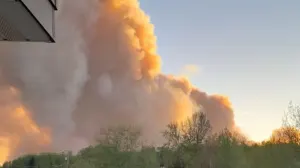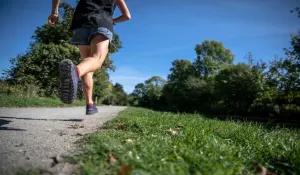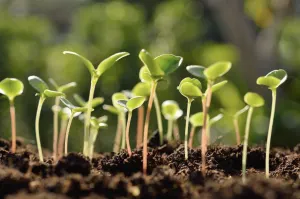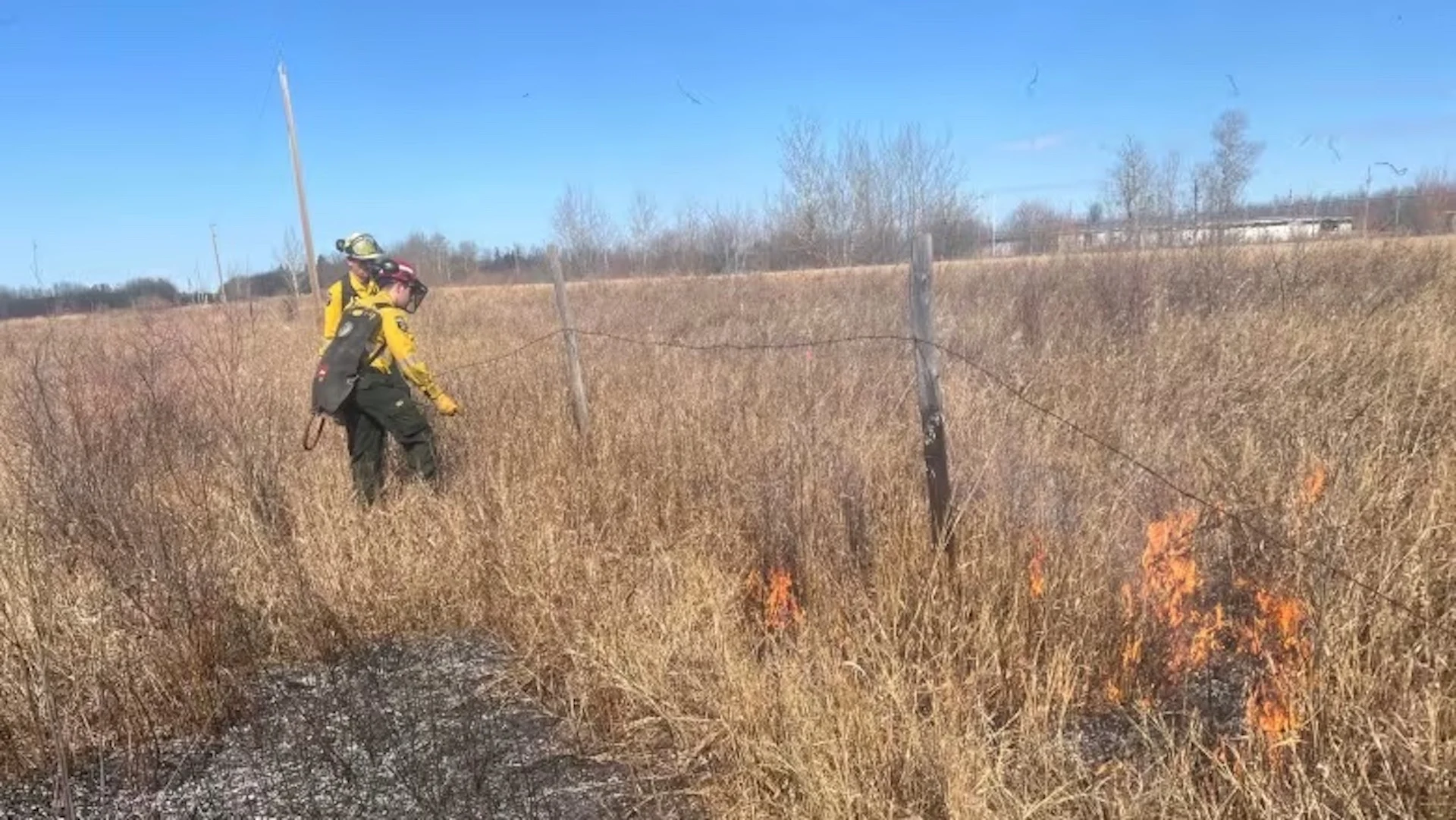
Indigenous communities turn to prescribed burns to protect land from wildfires
Traditional burning is a lost art in many Indigenous communities in Alberta: fire crews
As the threat of wildfires continues to ramp up, Indigenous communities in northern Alberta are trying to mitigate the risk by burning stretches of dried-out lands.
Prescribed burning isn't new for Indigenous communities; it's a practice that dates back generations to protect lands from the threat of wildfires and spur the regrowth of trees, plants and grasses.
DON'T MISS: Technology can detect wildfires. Do humans still have to?
"[Burns] rejuvenate the land, helps get the medicines back, burns off the invasive species of plants and brings back the natural habitat," said Shane Bair, director of emergency operations and fire chief for Beaver Lake Cree Nation, 215 kilometres northeast of Edmonton.
Bair, a member of Muskoday First Nation in Saskatchewan, used to work for Saskatchewan First Nations Emergency Management and was part of the We Are Fire program, which taught the practice of traditional prescribed burns.
He said traditional burning is a practice that has been lost to many Indigenous communities in Alberta.
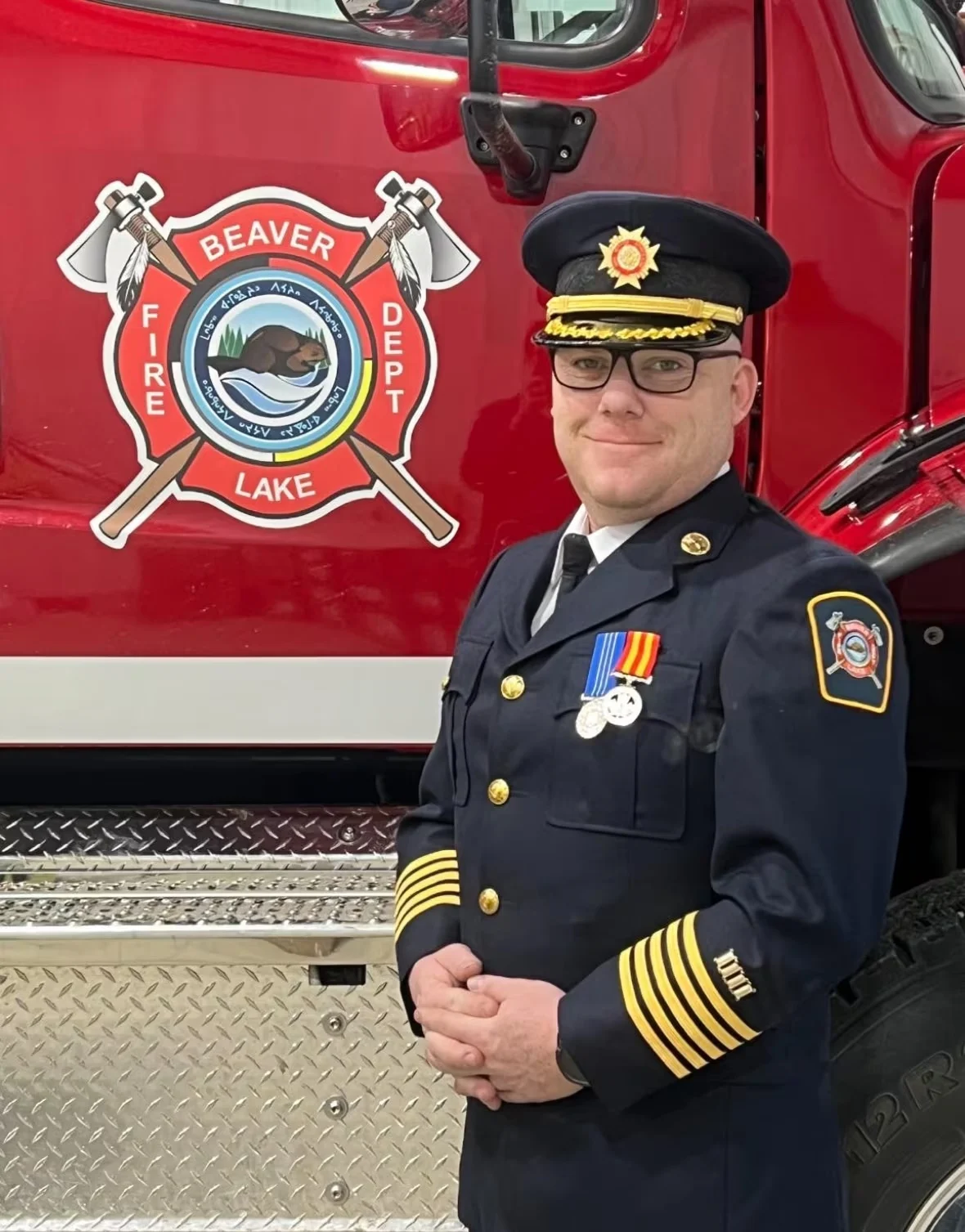
Shane Bair, director of emergency operations and fire chief for Beaver Lake Cree Nation, said traditional burning is a practice that has been lost to many Indigenous communities in Alberta. (Submitted by Shane Bair)
"Our knowledge keepers are starting to become few and far between, and so we're losing that part of our history and our traditions," said Bair.
West of Beaver Lake Cree Nation, traditional burns are also done at East Prairie Métis Settlement, a community that was ravaged by wildfires in 2023.
"They've been doing prescribed burns in the settlement probably for maybe 10 years or more … but prior to that, [the] settlement used to do their own burning as soon as it dried up," said Raymond Supernault, chairman for the East Prairie Métis Settlement.
"Settlement members would burn their fields or burn their yard so that nothing like what we went through last year would happen."
Supernault said wildfires caused his community to lose about 20 homes in 2023, which could have been way worse had they not stepped in to do controlled burns.
"For 24 hours straight we were fighting fires around our homes," he said. "That was hectic."
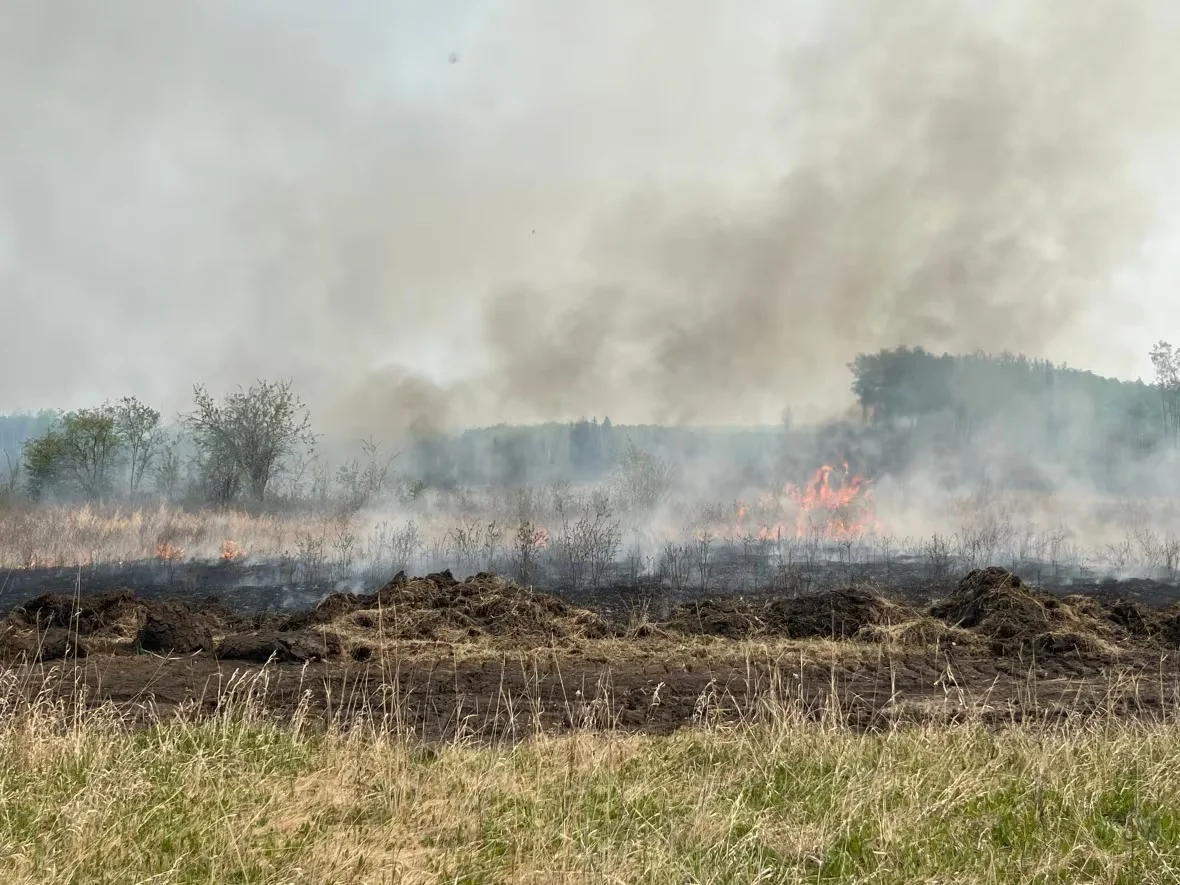
When East Prairie Métis Settlement was threatened by wildfires in 2023, community members did control burns throughout the community to burn off dry grass. (Emily Fitzpatrick/CBC)
Prepare land and team for wildfires
Beaver Lake Cree Nation and East Prairie Métis Settlement have yet to be hit by fire this year but are working with Alberta Wildfire to burn stretches of land that are at risk of catching fire.
Last week, Beaver Lake Cree Nation had a control burn on their cultural grounds, a stretch of land that Bair said was dry and needed to be burned off.
"The conditions were right and fair [and] beautiful for burning," he said.
"They went in and did section by section and got rid of the hazard for us."
CANADA'S WILDFIRES: Visit The Weather Network's wildfire hub to keep up with the latest on the active start to wildfire season across Canada
The Beaver Lake Cree Nation fire department launched in December 2022, starting with four volunteer firefighters. Within months, the community was hit by one of the worst wildfire seasons in the province's history, according to Alberta Wildfire.
Bair said 22 homes were evacuated in Beaver Lake Cree Nation, which caused a spike in volunteers. The fire department went from having four volunteers to close to 20.
WATCH: How Canada is investing in the fight against wildfires
"I keep telling them … you guys are the modern-day warriors of First Nations, you're risking your life to protect your community, protect your people and make sure that everyone gets to go home safely," said Bair.
The team is now learning about prescribed burns from Alberta Wildfire, which Bair said gives his team a chance to learn how fires move, from the inception stage to an active grass fire.
Working with province
The Government of Alberta works with communities across the province to identify areas that could benefit from a prescribed burn, but sometimes elements in the environment can prevent further burns.
Bair said the burns in Beaver Lake Cree Nation had to be cut short because of high winds, and the grounds were too dry. Some communities — like East Prairie Métis Settlement — would like to see more areas of their community burned, Supernault said.
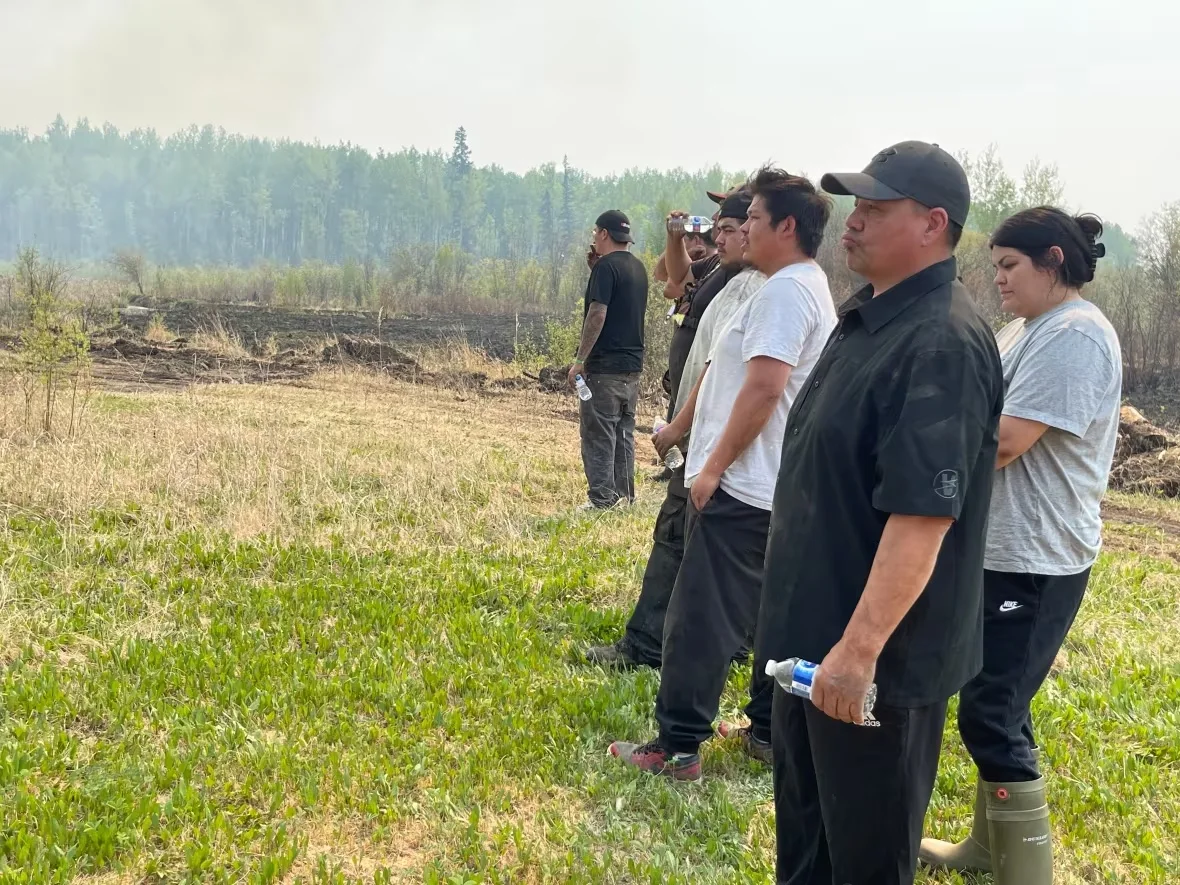
Raymond Supernault, front, stands with other people from the East Prairie Métis Settlement in a field, watching a control burn in 2023. (Emily Fitzpatrick/CBC)
"They're here and burning probably a day or two and it doesn't work for my community," he said.
He said the conditions in East Prairie Métis Settlement this year are extremely dry and worrisome. In 2023, Supernault said his community had to step up and burn stretches of dry land on their own because so many fires were tearing through the province.
"You can't always depend on Forestry to come save you … we have to do this ourselves, we have to save our own community," he said.
CBC News reached out to Alberta Wildfire for comment and did not hear back in time for publication.
Thumbnail courtesy of Shane Bair via CBC.
The story was originally written by Stephanie Cram and published for CBC News.






